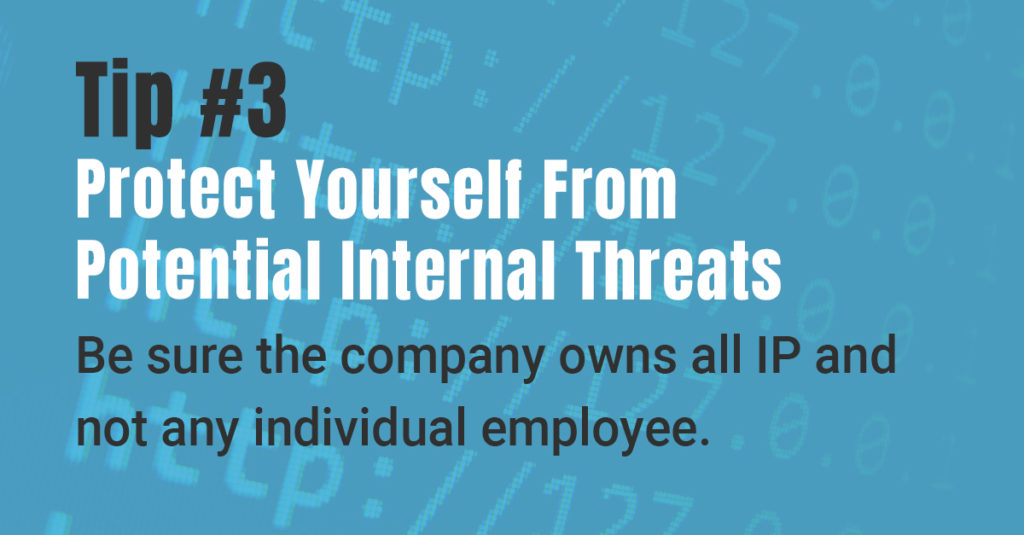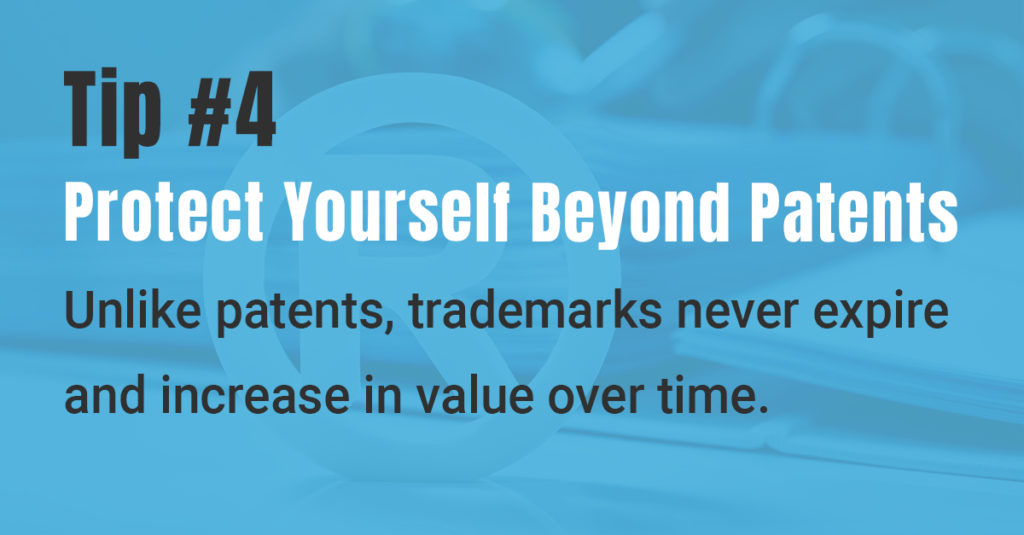First there was Crocs, then along came Jibbits. Uber was quickly followed by Lyft. Don’t even talk about how many copycats PopSocket earned itself in the course of weeks.
When your idea is really, really good, it’s almost inevitable that someone is going to copy it. Retroactive legal action is difficult and expensive, so how can you get ahead of product copycats, knockoffs, and fast followers?
There’s no silver bullet, but there are some sure-fire strategies to help you get ahead of these wannabes, fast.

1. The More Patents, the Better
Have you updated your patent portfolio recently? Intellectual property (IP) protection is key to distancing yourself from fast followers, as you protect not only your core technology but any new technology that you develop as well.
Take, for example, an innovative company we all know from 20 years ago, TiVo. The first DVR, you could simply plug it in, fast-forward, rewind, and skip over all the commercials in your favorite show.
TiVo IPO’d in 1999 with one patent. The company had 5.36 million subscribers in January 2006, which fell to 2.3 million over the next six years.
A separate company, Universal Display Corporation, IPO’d in 1996 with six patents, added another 18 patents within a year, and now have more than 160 patents. In 2006, the company boasted $11.1 million in sales, which grew to $61 million by 2011.
One could argue that TiVo’s inability to license out its technology led to decreasing sales, as they were not forcing customers to license strictly from TiVo. Any company could license the technology from someone else, or develop it themselves.
Universal Display Corporation, however, had a broad patent portfolio that really forced clients and customers to continue using those licenses. This prevented fast followers from jumping on the trend and taking their technology for themselves.
A strong patent portfolio — one that evolves over time as your company evolves — is crucial to success in a world filled with copycats.

2. Protect Every Little Thing
One company that protected its IP thoroughly enough to win a famous case in the toy industry? Mattel.
If you were to take a look at a Bratz doll and a Barbie doll side by side, you likely would notice some key differences. Namely, Bratz dolls are a little edgier, a bit more scantily clad than their Barbie counterparts. However, Bratz was developed by a former Mattel employee and key qualities and features are exactly the same between the two, including some of the dolls’ proportions.
Because of this, Bratz lost a court battle with Mattel, thanks in part to Mattel’s robust intellectual property portfolio. Mattel is an excellent example of a company that’s protected every little feature of its product.

3. Protect Yourself From Potential Internal Threats
Note that the Bratz doll was created by a former Mattel employee. This just underlines how important it is for your co-founders and employees to assign IP rights to your company so that the company owns all IP, regardless of who comes and goes through your product development team. With a robust IP assignment policy, even if a co-founder eventually leaves and attempts to take IP elsewhere, the company and other co-founders are protected.

4. Protect Yourself Beyond Patents
As technology changes, patents tend to lose value over time and are eventually worthless upon expiration, so you must continue revamping your patent portfolio. However, there is no expiration date on a trademark and, as you sell more products and establish your brand, your trademark increases in value over time.
Take, for example, Dolby. The company continually develops new technology and licenses out its technology to different companies, requiring those licensees to add the Dolby logo to their products. Over time, consumers began to recognize the Doby logo as synonymous with good value and good technology, which benefits both Dolby and those licensing its technology, help to protect Dolby from any fast followers.

5. Put an Emphasis on Long-Term Protection
The key to preventing fast followers is focusing on portfolio development in its entirety, and not just protecting your initial technology.
If you only have one patent and think that’s enough, you’re going to be sorely mistaken when you create new technology over the next several years and realize that technology might not be protected.
With the right safeguards in place, you can extend your protection and your ability to license your technology throughout the years. Then, if a fast follower jumps in and tries to copy your work, you’re able to enforce patents, trademarks, and copyrights.
The best way to go about this?
- When you go into product development, think three or five years and multiple iterations of your product ahead.
- Talk to your product development team about what makes your products different from competitors’ products and protect those aspects.
- Strive to be an innovative company not only when you’re first getting your start, but forever, and likewise protect your innovations and brands not only when you start, but as you continue to develop new products.
If there’s one thing you can’t afford to let fall to the wayside when you have an innovative company, it’s protecting your ideas through IP.